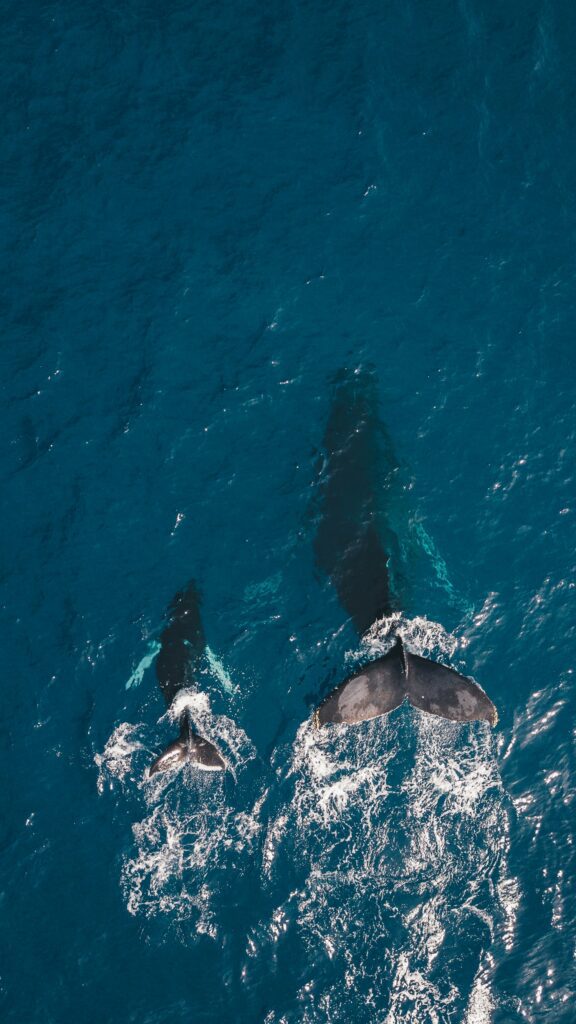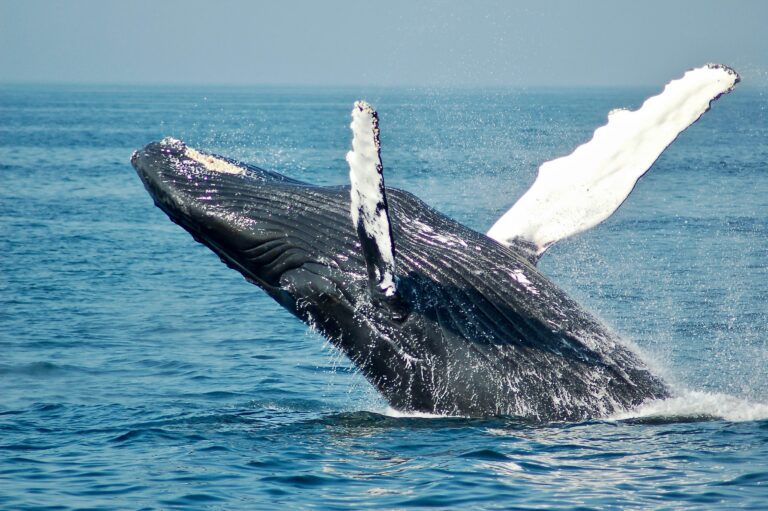Baleen whales, the gentle giants of the ocean, captivate us with their immense size and graceful movements. Yet, it is their feeding habits that truly intrigue scientists and enthusiasts alike. These majestic creatures employ a remarkable technique known as filter-feeding to sustain themselves in the vast expanses of the sea. Understanding the intricacies of their feeding behavior not only sheds light on the evolution of these magnificent beings but also underscores the importance of preserving their fragile ecosystems. In this article, we delve into the fascinating world of baleen whale feeding habits, exploring the mechanisms behind their filter-feeding prowess and the implications for their survival in an ever-changing environment.
Origin of Baleen Structures
Evolutionary Background
The origin of baleen structures in whales is a fascinating evolutionary tale that spans millions of years. It is believed that the ancestors of modern baleen whales were toothed whales, similar to dolphins and sperm whales. These early ancestors likely possessed teeth suited for catching prey rather than filter-feeding mechanisms.
Transitional Forms
Around 30 million years ago, during the Oligocene epoch, the first evidence of baleen structures appears in the fossil record. One of the most significant transitional forms is the genus Mystacodon, which possessed both teeth and baleen. This suggests a gradual shift from a toothed feeding strategy to filter-feeding.
Development of Baleen
The evolution of baleen likely involved modifications of existing structures in the mouths of early whales. Over time, these structures became elongated and specialized for filter-feeding. Genetic and developmental studies suggest that the development of baleen involves the activation of specific genetic pathways related to keratin production, the protein from which baleen is primarily composed.
Adaptive Radiation
The development of baleen allowed whales to exploit new ecological niches. Filter-feeding provided a more efficient way to feed on small prey, such as krill and small fish, which became abundant in marine environments during certain periods. This adaptive radiation led to the diversification of baleen whales into various species, each adapted to different feeding habits and environments.
Coevolution with Prey
As baleen whales evolved, so did their prey. The proliferation of planktonic organisms like krill and small fish in marine ecosystems likely drove the further refinement of baleen structures in whales. This coevolutionary arms race between predators and prey shaped the intricate filtering systems seen in modern baleen whales.
Conclusion of Origin of Baleen Structures
The origin of baleen structures in whales represents a remarkable example of evolutionary innovation. From ancestral toothed whales to the diverse array of filter-feeding species we see today, the development of baleen has been pivotal in the success of these marine mammals. Understanding this evolutionary journey sheds light on the interconnectedness of species within marine ecosystems.
Filter-Feeding Mechanism
Anatomy of Baleen Whales’ Mouths
Baleen whales possess unique mouth structures adapted for filter-feeding. One of the most notable features is the presence of baleen plates, which are composed of keratin, the same material found in human fingernails and hair. These plates hang from the upper jaw in rows, forming a dense filter known as a baleen mat. The size and arrangement of baleen plates vary among different species of baleen whales. Additionally, baleen whales typically have large mouths relative to their body size, allowing them to engulf large volumes of water containing prey.
How Baleen Whales Trap Prey
Filter-feeding in baleen whales involves a series of coordinated actions to capture prey from the surrounding water. When feeding, a baleen whale opens its mouth wide and engulfs a large amount of water, along with any prey present. As the whale closes its mouth, it uses its tongue to push the water out through the baleen plates, while retaining the prey inside. The closely spaced baleen plates act as a filter, trapping small organisms like krill and fish while allowing water to pass through.
Lunge Feeding
Some baleen whales, such as the humpback whale and the blue whale, employ a feeding strategy known as lunge feeding. During a lunge feed, the whale accelerates towards a dense patch of prey, often at high speeds, with its mouth wide open. This sudden intake of water and prey allows the whale to capture large quantities of food in a single feeding event. Lunge feeding is an energetically efficient method for baleen whales to feed on dispersed prey, such as krill swarms.
Baleen Whale Feeding Behaviors
Baleen whales exhibit various feeding behaviors depending on factors such as prey density, distribution, and environmental conditions. Some species engage in surface feeding, where they skim the water’s surface to capture prey. Others perform deep dives to forage at depth, exploiting vertically migrating prey. Baleen whales may also exhibit cooperative feeding behaviors, where individuals work together to corral prey into dense aggregations for easier feeding.
Evolutionary Advantage of Filter-Feeding
The filter-feeding mechanism of baleen whales provides several evolutionary advantages. By filtering small prey from large volumes of water, baleen whales can efficiently extract energy-rich food resources while minimizing energy expenditure. This feeding strategy also allows baleen whales to exploit highly productive marine environments, such as polar seas and upwelling zones, where prey abundance is high. Overall, the filter-feeding mechanism has been a key factor in the evolutionary success of baleen whales as apex predators in marine ecosystems.




